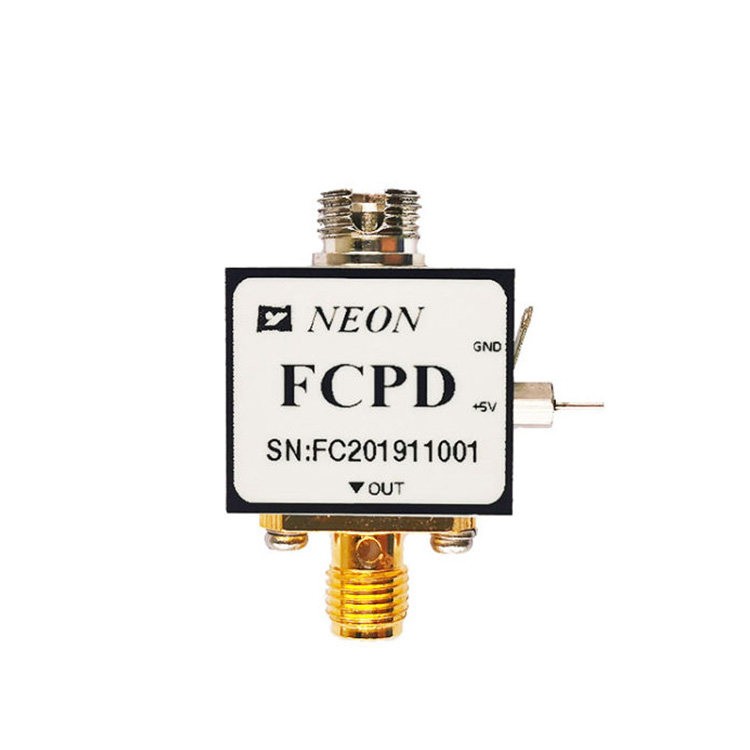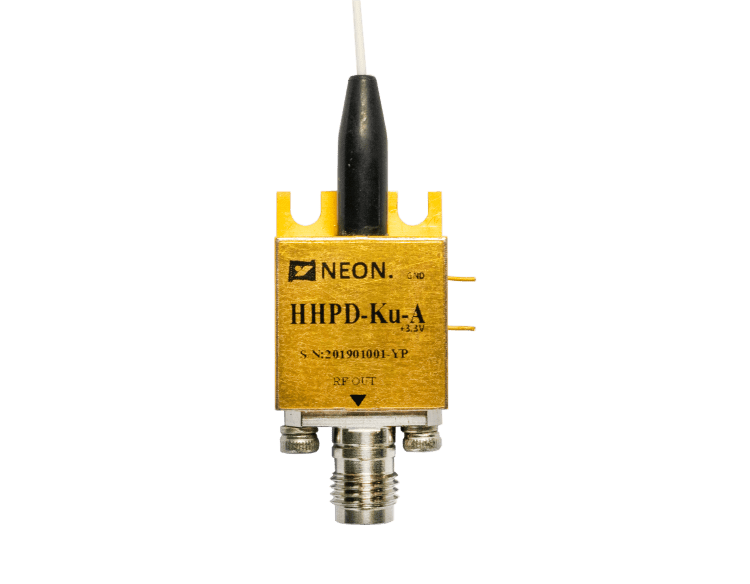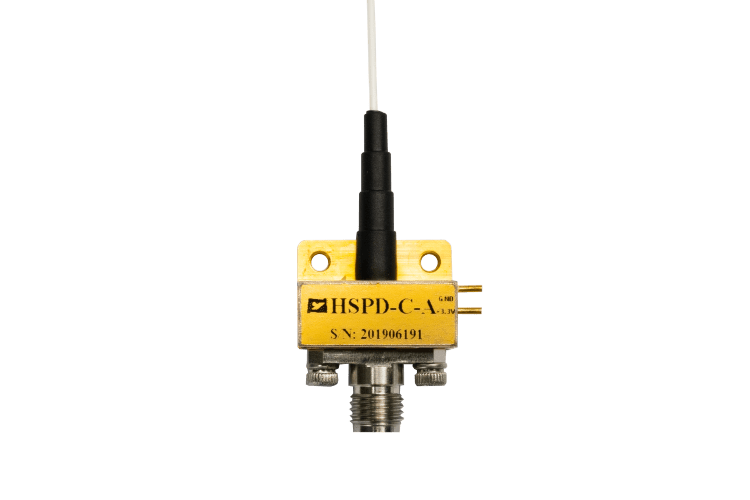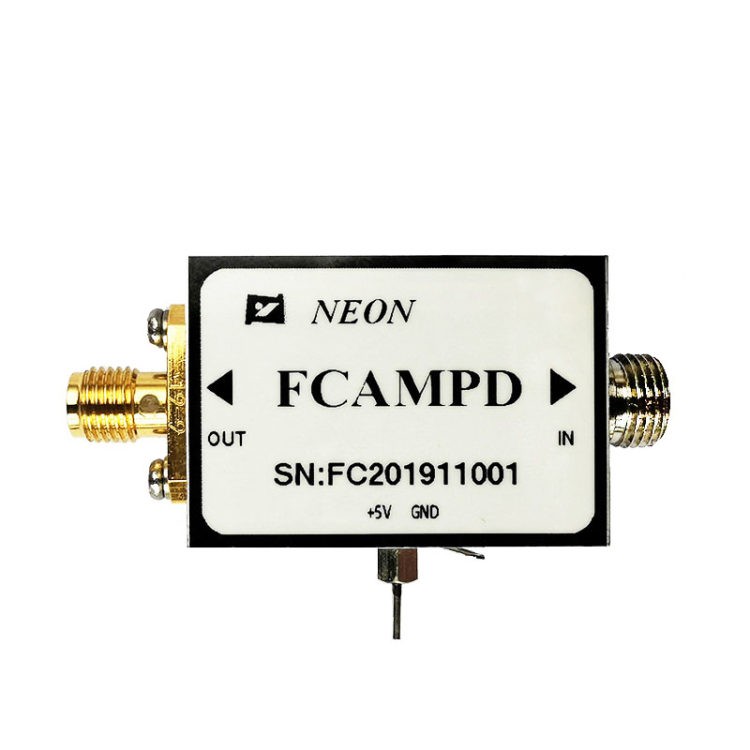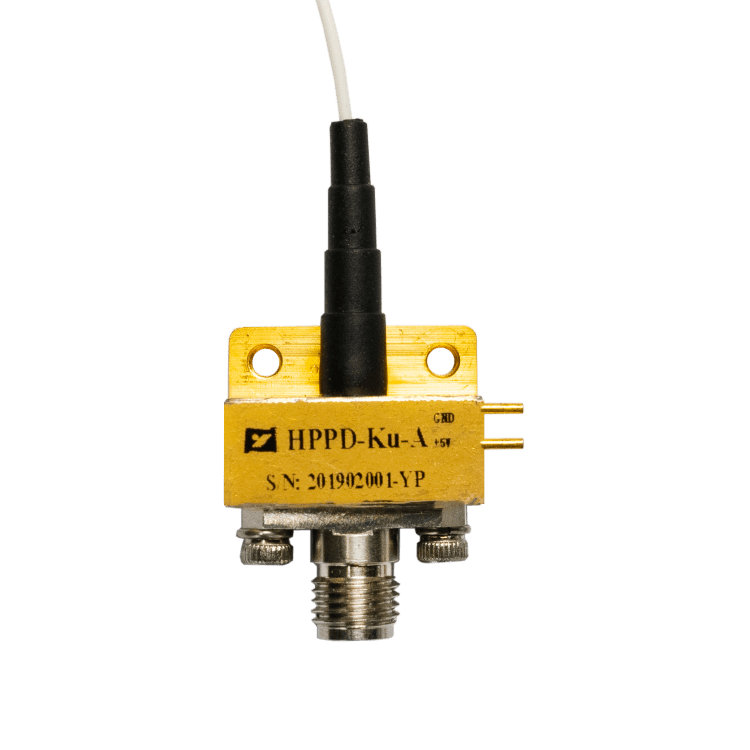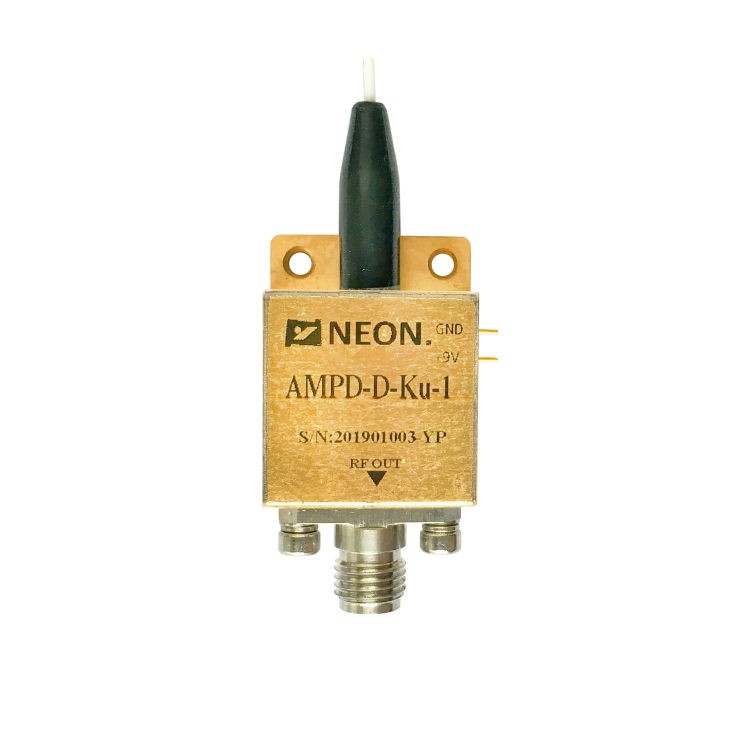Advanced Optical Detection with Balanced Photodetectors
Balanced photodetectors are specialized optical sensors designed to enhance the detection of weak signals in noisy environments. These devices comprise two highly matched photodetector elements, typically photodiodes or phototransistors, which are configured to receive two input light signals that, ideally, are identical, known as common-mode signals. The primary feature of balanced photodetectors is their ability to effectively suppress common-mode signals while amplifying differential signals, which are the differences between the two input light signals. This unique characteristic allows balanced photodetectors to extract weak signals even in the presence of significant noise, making them invaluable in fields such as optical communication, spectroscopy, and quantum key distribution.
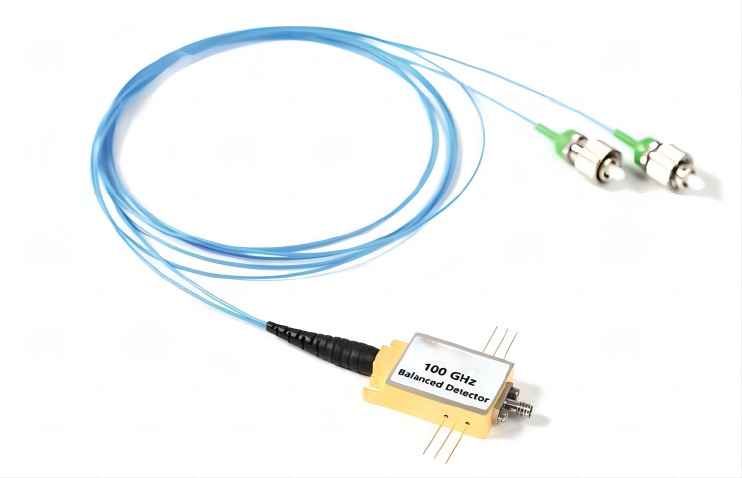
Advantages of Balanced Photodetectors over Conventional Photodetectors
Balanced photodetectors offer several significant advantages over conventional photodetectors, including improved signal-to-noise ratio (SNR) and sensitivity, enhanced interference resistance, better linearity, and dynamic range, suitability for high-precision measurements, and a wide range of applications.
1. Improved Signal-to-Noise Ratio (SNR) and Sensitivity
One of the primary advantages of balanced photodetectors is their ability to improve the SNR and sensitivity of the detection system. balanced photodetectors use differential techniques to effectively cancel out stray light and circuit noise that can degrade the performance of conventional photodetectors. By only amplifying the differential signal (the difference between the two input signals) and suppressing the common-mode noise, balanced photodetectors can significantly enhance the sensitivity of the detection system. This makes it possible to detect much weaker signals that would otherwise be lost in the noise.
2. Enhanced Interference Resistance
Another critical advantage of balanced photodetectors is their enhanced resistance to interference. By utilizing differential amplification output, balanced photodetectors can suppress common-mode noise, such as the intensity noise from a laser source. This capability allows the balanced photodetector to extract the smallest optical signals that might be buried under significant noise levels in the signal measurement path. This enhanced interference resistance is particularly valuable in applications where signal integrity is paramount.
3. Better Linearity and Wider Dynamic Range
Balanced photodetectors also offer improved linearity and dynamic range. The output signal of a balanced photodetector is related to the intensity and phase difference of the incoming light signals. By adjusting the phase, it is possible to optimize the sensitivity and dynamic range of the detector. This is especially important for precise optical signal detection, where accurate measurement of the light signal is crucial. The ability to maintain linearity and a wide dynamic range makes balanced photodetectors suitable for various demanding applications.
4. Suitable for High-Precision Measurements
The high sensitivity and noise suppression capabilities of balanced photodetectors make them ideal for high-precision measurements. balanced photodetectors are particularly effective in environments with low light intensity, where they can perform high-sensitivity detection. This characteristic makes them valuable in applications such as spectrometers, gas analyzers, and other optical instruments that require precise measurement of light power or intensity.
5. Broad Range of Applications
Balanced photodetectors are used in a wide range of applications. They are commonly employed in high-speed optical communication systems, where their ability to improve SNR and reduce noise is critical for maintaining reliable data transmission. Additionally, balanced photodetectors are used in lidar systems, optical remote sensing, and other fields that demand high performance and reliability. Their versatility and superior performance characteristics make them a preferred choice in many advanced optical systems.
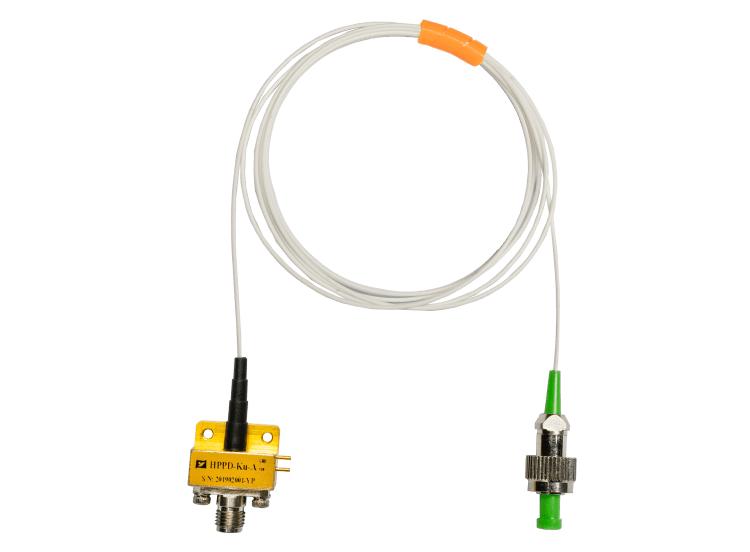
Noise Reduction Mechanisms in Balanced Photodetectors
Balanced photodetectors achieve significant noise reduction through several key mechanisms: common-mode noise suppression, differential signal amplification, use of low-noise amplifiers, and dual-board isolation manufacturing.
1. Common-Mode Noise Suppression
A fundamental mechanism of noise reduction in balanced photodetectors is the suppression of common-mode noise. balanced photodetectors consist of two matched photodetector elements, which receive identical input light signals. Because these elements are matched, the common-mode signals are effectively canceled out at the output, thereby suppressing this type of noise. This matching and cancellation process is crucial for achieving high SNR and sensitivity in the detection system.
2. Differential Signal Amplification
Another critical mechanism is the amplification of differential signals. In a balanced photodetector, the two input signals are subtracted from each other, which results in the amplification of only the differential signal – the difference between the two inputs. This process suppresses common-mode noise and allows the detector to focus on the small variations in the input signals. Differential amplification helps extract useful information from a noisy environment, improving the overall detection capability.
3. Low Noise Amplifiers
Balanced photodetectors are typically equipped with low-noise trans-impedance amplifiers (TIAs) to further reduce the system’s noise level. These amplifiers are designed to provide high gain while minimizing noise, thereby enhancing the SNR of the balanced photodetector. The use of low-noise TIAs is a critical component in achieving the high performance of balanced photodetectors, as it ensures that the amplified signal retains its integrity even at low signal levels.
4. Dual-Board Isolation Manufacturing
Some balanced photodetectors employ dual-board isolation manufacturing techniques to reduce noise further. This method involves isolating the detector elements on separate boards to prevent thermal noise interference and achieve low phase drift. This approach is particularly beneficial in applications requiring precise phase detection, as it helps maintain the stability and accuracy of the measurements. Dual-board isolation ensures that the detector can perform optimally even in demanding environments.
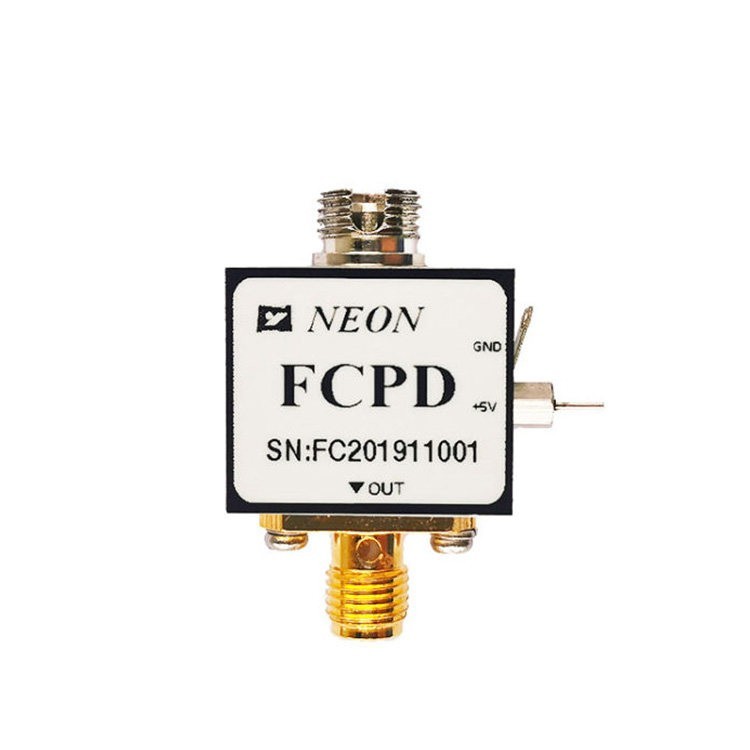
Role of Balanced Photodetectors in Enhancing SNR in Communication Systems
Balanced photodetectors play a vital role in enhancing the SNR in communication systems, which is essential for reliable data transmission and overall system performance.
1. Importance of SNR in Data Transmission Reliability and System Performance
The SNR is a critical factor in determining the reliability and performance of data transmission in communication systems. A higher SNR means that the signal is stronger relative to the noise, resulting in clearer and more accurate data transmission. Balanced photodetectors contribute to improving the SNR by effectively suppressing common-mode noise and amplifying differential signals, thus enhancing the quality of the received signal.
2. Effective Suppression of Common-Mode Noise
Balanced photodetectors excel in suppressing common-mode noise, which is a significant source of interference in communication systems. By using two matched photodetectors, balanced photodetectors can cancel out relative intensity noise (RIN) from the laser source and other system noise sources. The differential amplification and signal processing capabilities of balanced photodetectors ensure that these common-mode noise components are eliminated, leaving only the useful signal for further processing.
3. Experimental Evidence
Experimental studies have demonstrated that balanced photodetectors can improve the SNR by approximately 10 dB compared to conventional single photodetectors. This improvement means that balanced photodetectors can detect weaker signals at the same noise level or reduce the impact of noise at a given signal level. Such enhancements are crucial for applications requiring high sensitivity and precision, as they enable the detection of signals that would otherwise be obscured by noise.
4. Practical Applications
The advantages of balanced photodetectors make them particularly suitable for long-distance, high-speed optical communication systems. In these applications, maintaining a high SNR is essential for ensuring reliable data transmission over long distances and at high data rates. balanced photodetectors also excel in environments where high sensitivity and interference resistance are required, such as in secure communication systems and scientific research. By improving the SNR, balanced photodetectors help maintain stable communication links and high-quality signal detection, even under challenging conditions.
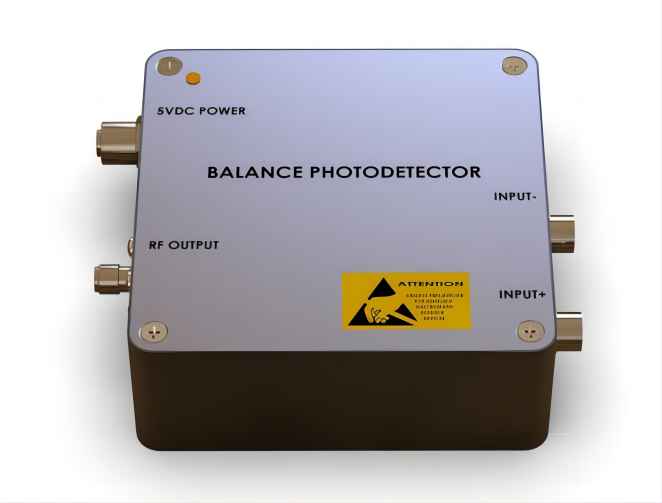
Conclusion
Balanced photodetectors offer numerous benefits over conventional photodetectors, including improved SNR and sensitivity, enhanced interference resistance, better linearity, and dynamic range, suitability for high-precision measurements, and a broad range of applications. These advantages are achieved through mechanisms such as common-mode noise suppression, differential signal amplification, use of low-noise amplifiers, and dual-board isolation manufacturing. In communication systems, balanced photodetectors play a crucial role in enhancing the SNR, ensuring reliable data transmission, and improving overall system performance. As technology advances, the importance of balanced photodetectors in optical and communication systems is expected to grow, leading to further innovations and applications in various fields.


